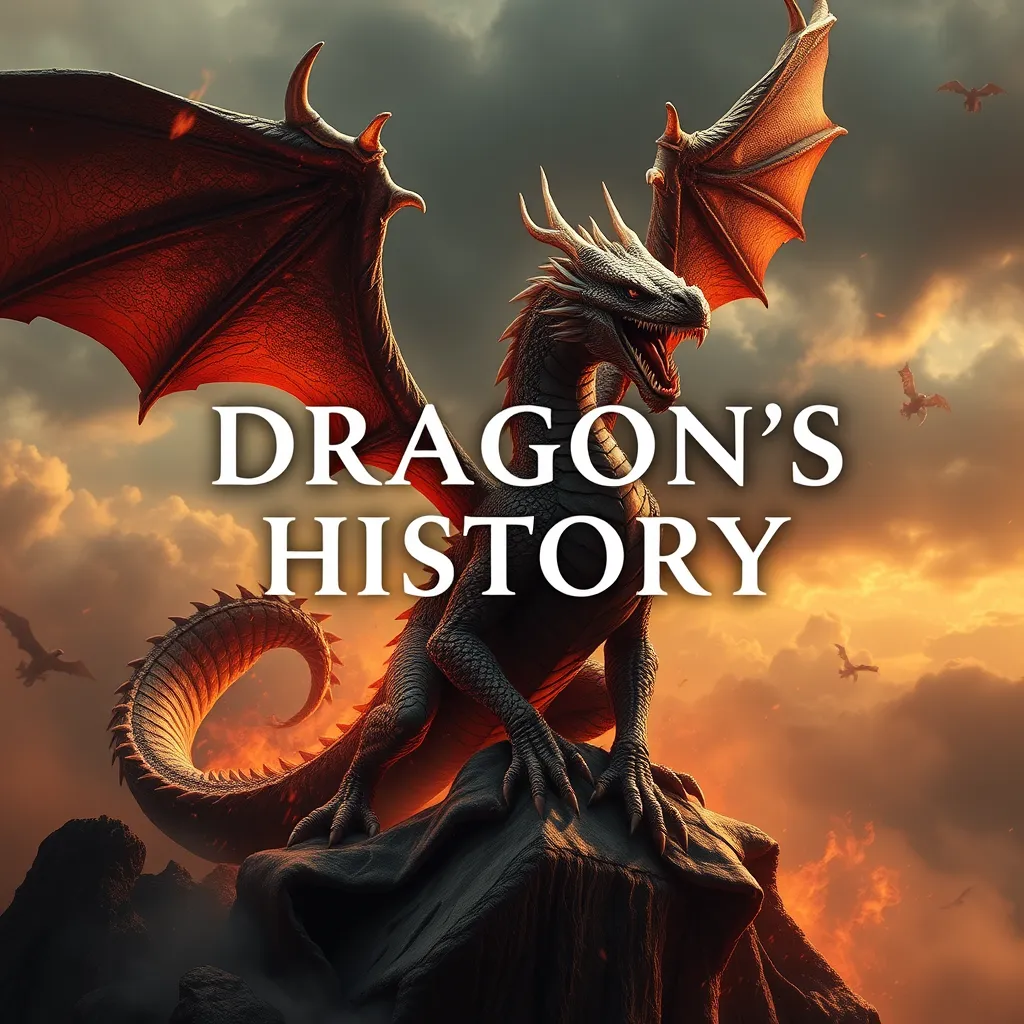The Centaur’s Role in Roman Literature: Ovid’s Metamorphoses and the Centaur’s Transformation
I. Introduction
The Centaur, a fascinating creature of mythology, combines the upper body of a human with the lower body of a horse. This hybrid being embodies the duality of nature, representing both civilization and savagery, wisdom and chaos. In Roman literature, Ovid’s *Metamorphoses* stands as a monumental text that not only recounts mythological tales but also explores profound themes of transformation and identity.
Ovid’s work is pivotal in understanding how classical mythology evolved into Roman culture, particularly through the lens of Centaur narratives. This article will explore the multifaceted role of Centaurs in *Metamorphoses*, focusing on their symbolic transformations and the implications of these changes within the context of human experience.
II. The Mythological Origins of Centaurs
Centaurs originate from Greek mythology, where they are often depicted as wild and unruly beings dwelling on the fringes of civilization. They are typically portrayed as guardians of nature, embodying the untamed spirit of the wild. The most notable among them are Chiron, a wise and noble Centaur, and the more savage Centaurs who often succumb to drunkenness and violence.
The significance of Centaurs as hybrid beings lies in their representation of the duality of human nature. They are caught between the civilized world of humans and the instinctual world of animals, illustrating the constant struggle between reason and emotion. As Roman literature began to flourish, these themes were further developed, with Ovid’s *Metamorphoses* providing a rich tapestry of Centaur narratives that reflect this duality.
III. The Centaur Archetype in Ovid’s *Metamorphoses*
In *Metamorphoses*, key Centaur characters like Chiron and Nessus are pivotal to the narrative. Chiron is depicted as the epitome of wisdom and virtue, serving as a mentor to many heroes, including Achilles and Asclepius. In contrast, Nessus represents the darker aspects of the Centaur archetype, embodying chaos and vengeance.
The dual nature of Centaurs is a recurring theme throughout Ovid’s work. While some Centaurs are portrayed as civilized and wise, others succumb to their baser instincts, leading to violence and moral decay. This representation highlights the tension between human intellect and animalistic impulses, making Centaurs complex figures in Ovid’s narrative.
IV. The Symbolism of Transformation
Transformation is a central theme in Ovid’s *Metamorphoses*, with characters frequently undergoing significant changes. The Centaurs serve as powerful symbols of inner conflict and change, reflecting the struggles of humanity within themselves. Their transformations often represent broader themes of identity and morality.
- Chiron’s transformation into a constellation after his death symbolizes the transcendence of wisdom beyond earthly existence.
- Nessus’s death and the subsequent creation of the poison that leads to Hercules’s demise illustrate how harmful actions can lead to lasting consequences.
Specific stories involving Centaurs highlight their symbolic transformations, showcasing the complexities of their nature and the lessons learned through their experiences.
V. Chiron: The Wise Centaur
Chiron stands out as the wise Centaur in *Metamorphoses*, known for his intelligence, healing abilities, and role as a mentor to many legendary heroes. Unlike other Centaurs, Chiron is characterized by his adherence to virtue and knowledge rather than the savage instincts that often define his kin.
The contrast between Chiron and other Centaurs is stark. While most Centaurs indulge in revelry and violence, Chiron is dedicated to teaching and guiding. His transformation into a constellation after his death serves as a poignant reminder of the lasting impact of wisdom and the possibility of transcendence beyond mortal limitations.
VI. Nessus and the Darker Aspects of Centaur Mythology
Nessus, in stark contrast to Chiron, embodies the chaotic and vengeful nature of Centaurs. His actions in *Metamorphoses* are driven by rage and vengeance, culminating in tragic consequences. After attempting to abduct Deianira, the wife of Hercules, Nessus is killed by Hercules. However, in his dying moments, he tricks Deianira into using his poisoned blood as a love charm.
The consequences of Nessus’s actions reverberate throughout the narrative, ultimately leading to Hercules’s tragic demise. Nessus serves as a representation of the darker aspects of desire and vengeance, illustrating how chaos can stem from the very nature of Centaurs. His transformation from a vengeful spirit into a symbol of betrayal and loss deepens the complexity of Centaur mythology in Ovid’s work.
VII. The Cultural Impact of Centaur Stories in Roman Society
Ovid’s portrayal of Centaurs significantly influenced Roman society’s views on nature and humanity. The Centaur becomes a metaphor for the moral and ethical dilemmas faced by individuals, reflecting the complex relationship between civilization and the primal instincts within human nature.
- The duality of the Centaur serves as a lens through which to examine human behavior and societal norms.
- Centaurs symbolize the potential for both greatness and destruction inherent in all beings.
The legacy of Centaur imagery extends beyond Ovid’s time, influencing later Roman and Western literature. Their stories continue to resonate, highlighting the enduring significance of the Centaur as a figure of transformation and duality.
VIII. Conclusion
In conclusion, the role of Centaurs in Ovid’s *Metamorphoses* is multifaceted, reflecting the complexities of human nature and the theme of transformation. Through characters like Chiron and Nessus, Ovid explores the duality of wisdom and savagery, illustrating how these opposing forces coexist within individuals.
The enduring significance of Centaurs in literature and culture speaks to their power as symbols of the human experience. Ovid’s exploration of transformation serves as a reflection of our own struggles with identity and morality, making the stories of Centaurs timeless and relevant to contemporary audiences.




